Brazilian versions of the Chevy S10 have an Opel-designed 4-cyl engine available, initially as gasoline-powered but gasoline/ethanol flexfuel since '05, instead of the Vortec 2200 from their American equivalent. This on was originally a flexfuel, so now with the CNG setup it became tri-fuel capable...
This other S10 has the 4.3L V6 engine, and the CNG tank is visible at the pick-up box. Couldn't see any underbody tank, but since the spare tyre had been relocated to the box it may have released some space to fit other tanks, which would be kinda useful considering the thirst of the V6...
Another V6, this time a single-cab. Also fitted with a single box-mounted tank, but since it didn't have clearance issues with the wheel wells a bigger tank could be fitted...
The Dodge Dakota is considered a lemon in Brazil, because its local production run had been too short ('99-'01) and, in spite of running on the American 4WD chassis and suspension setup due to the harsher pavement conditions, it was only available in 2WD. It was also kinda expensive when new, and all of its gasoline-powered engines were imported. The 4-cyl 2.5L and the 3.9L V6 were made in the USA while the 5.2L V8 came from Venezuela. The only Brazilian-made engine was the Diesel-powered one, a VM Motori R425 OHV license-made by
This double-cab Ranger was available only in South American RHD markets (except French Guyana where a rebadged Euro-spec Mazda B-Series was sold as the Ranger) and Mexico, because the Ranger made in Argentina is available there since late '97. Ford even offered a CNG-prep package for the 2.3L 4-cyl engine in Brazil from '06 to '12, and a bi-fuel CNG installation was a factory option for the ones fitted with the 4.0L V6 engine in Venezuela from June '09 to early '12. There is a conversion shop certified by Ford to perform the service in Brazil, but the certified conversions had the CNG tank mounted in the pick-up box, while this one had a non-certified conversion with underbody tanks in the stock spare tyre location. At least the spare tyre takes less useful space in the box than a CNG tank would...
In spite of the side graphics suggesting that it could be an F-100, it's a Brazilian equivalent to the American F-250 and was known locally as F-1000. The last zero on the graphics would appear in the stock sheetmetal pick-up box if it wasn't converted to a wooden one. Engine is the gasoline-powered 300cu.in. inline-6, backed by a 5-speed manual transmission. This one was fitted with a single CNG tank mounted under the box, still visible from the sides or from the rear bumper gaps.
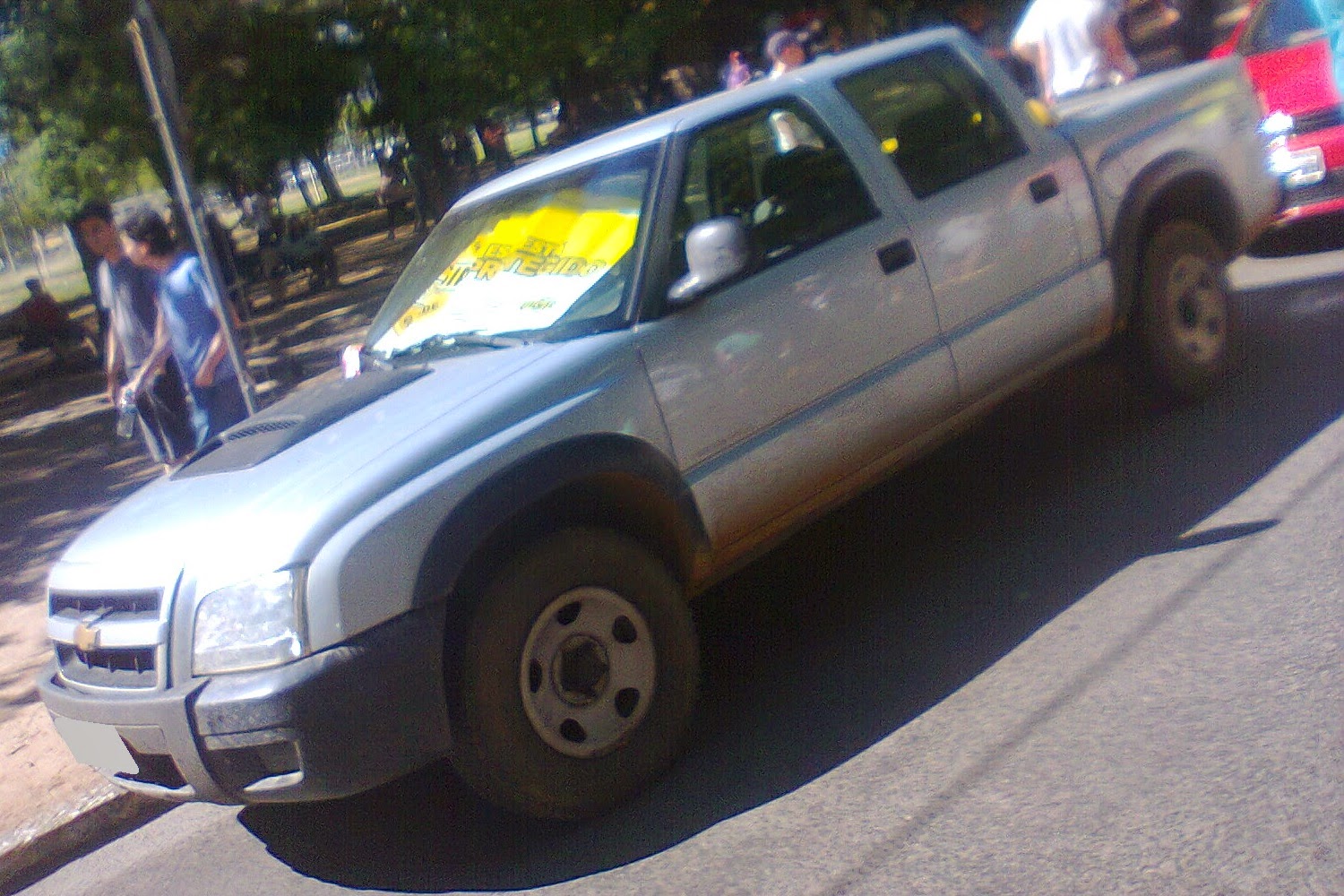
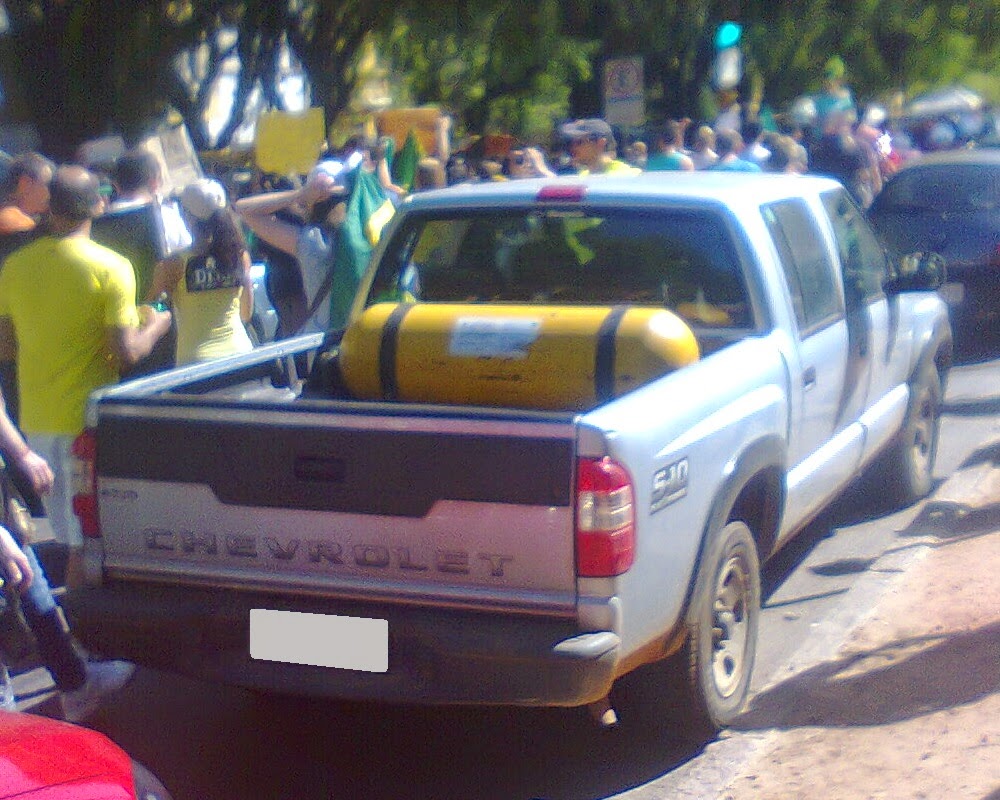
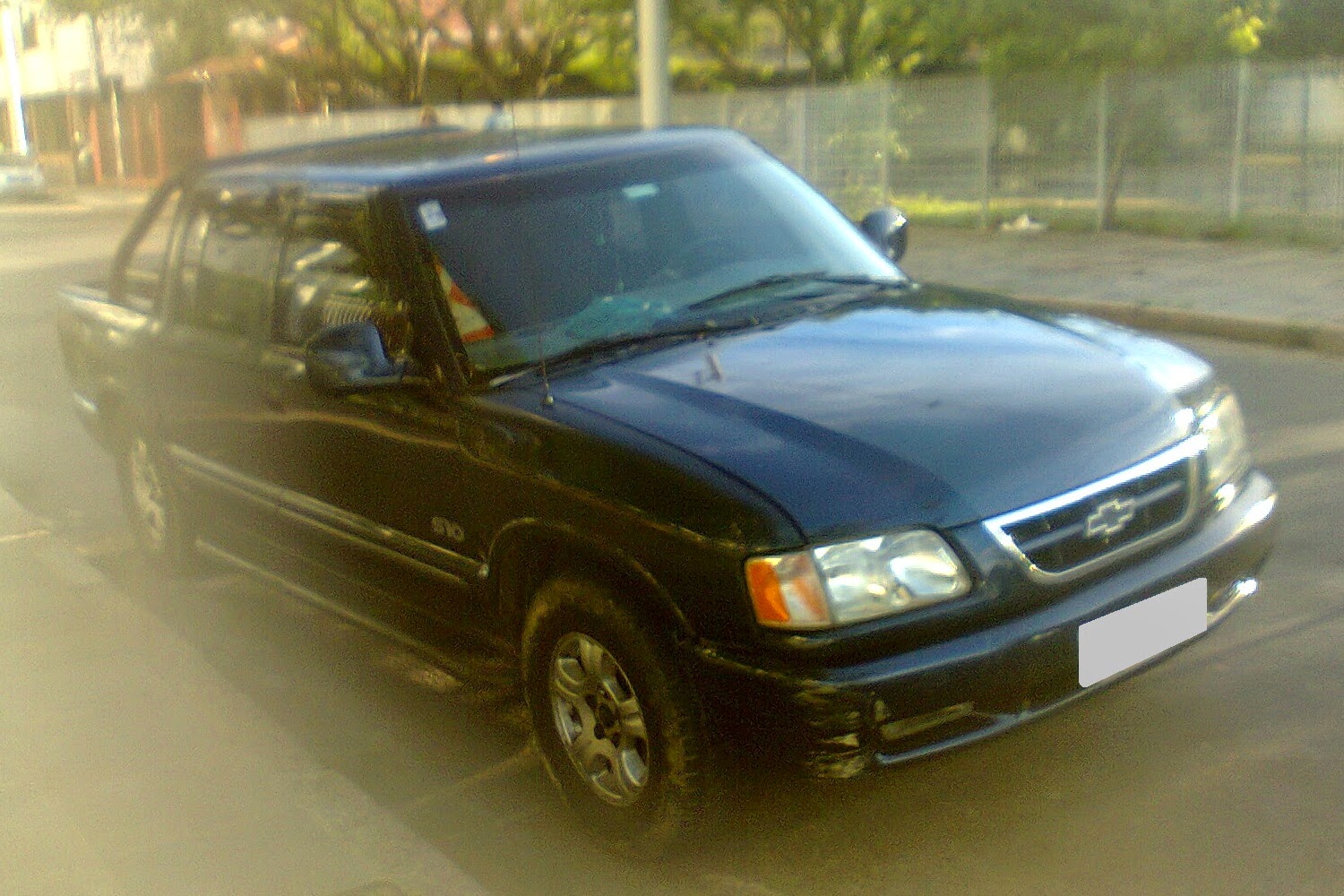
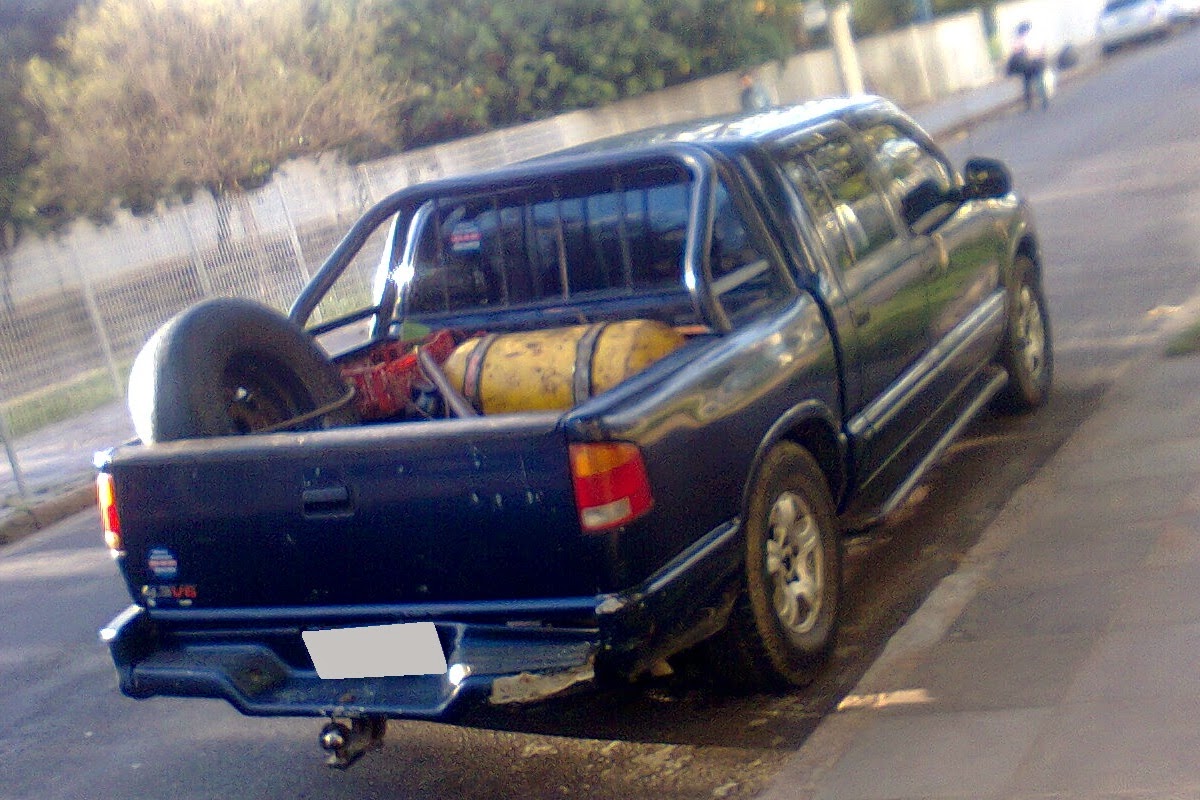





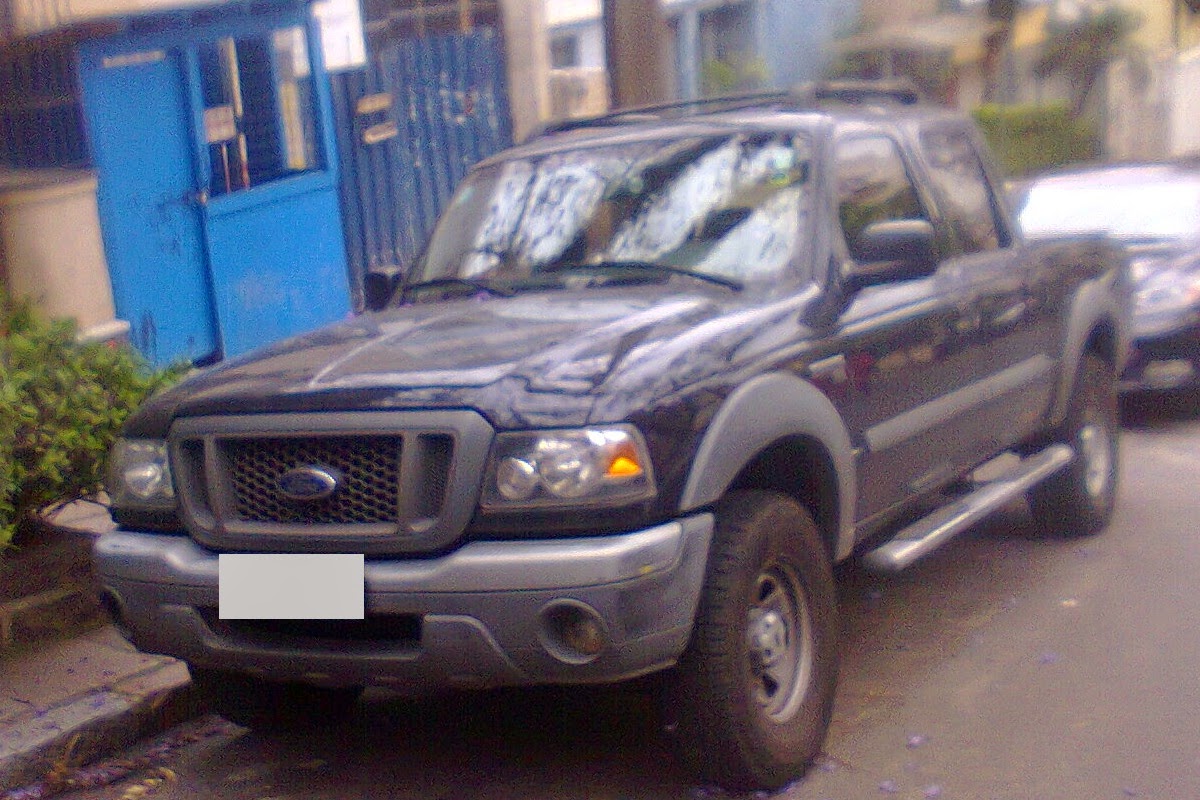

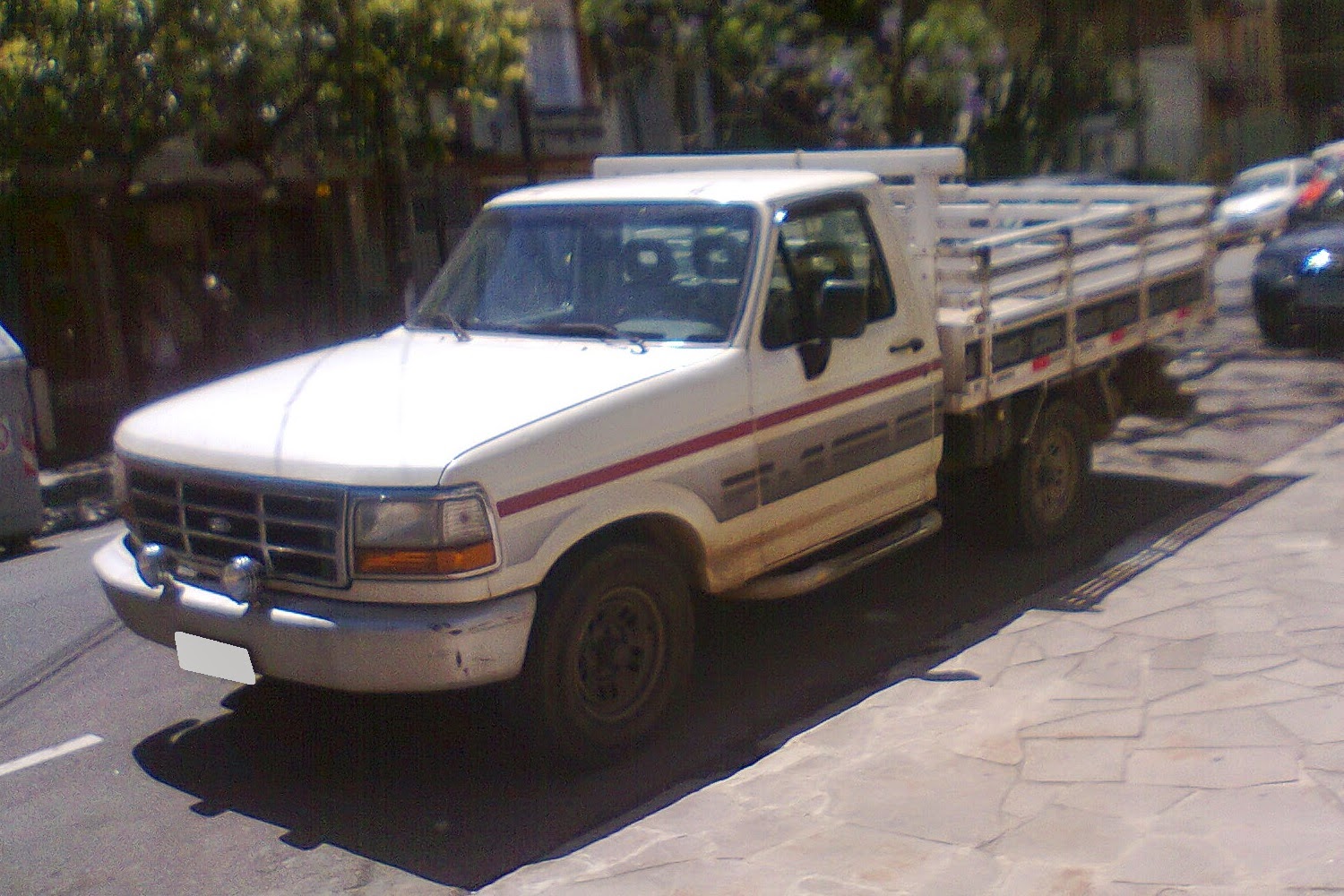
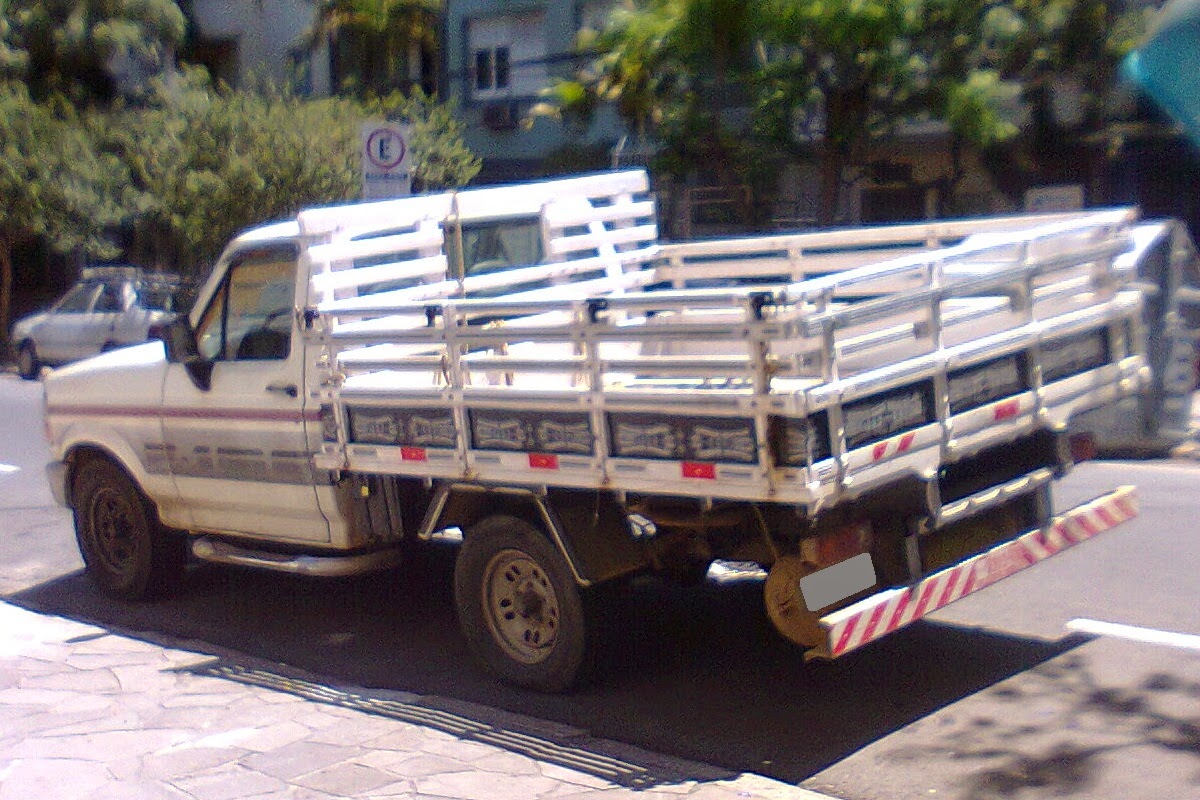
I have a Ford F-350 with the 5.4 Triton, willing to convert it to natural gas but losing cargo space is a matter of concern to me. In some of the new model with the natural gas conversion installed at the factory the tanks are mounted in line with the frame rails and above them, but that underbody location seems more practical as it would not require the cargo floor to be raised for clearance.
ReplyDeleteI have a '07 Silverado 3500 and am considering to get the dual fuel system installed.
ReplyDeleteI had underbody tanks fitted to my Chevrolet Tahoe, but they are so small that I ended up supplementing them with a pair of trunk-mounted tanks.
ReplyDelete